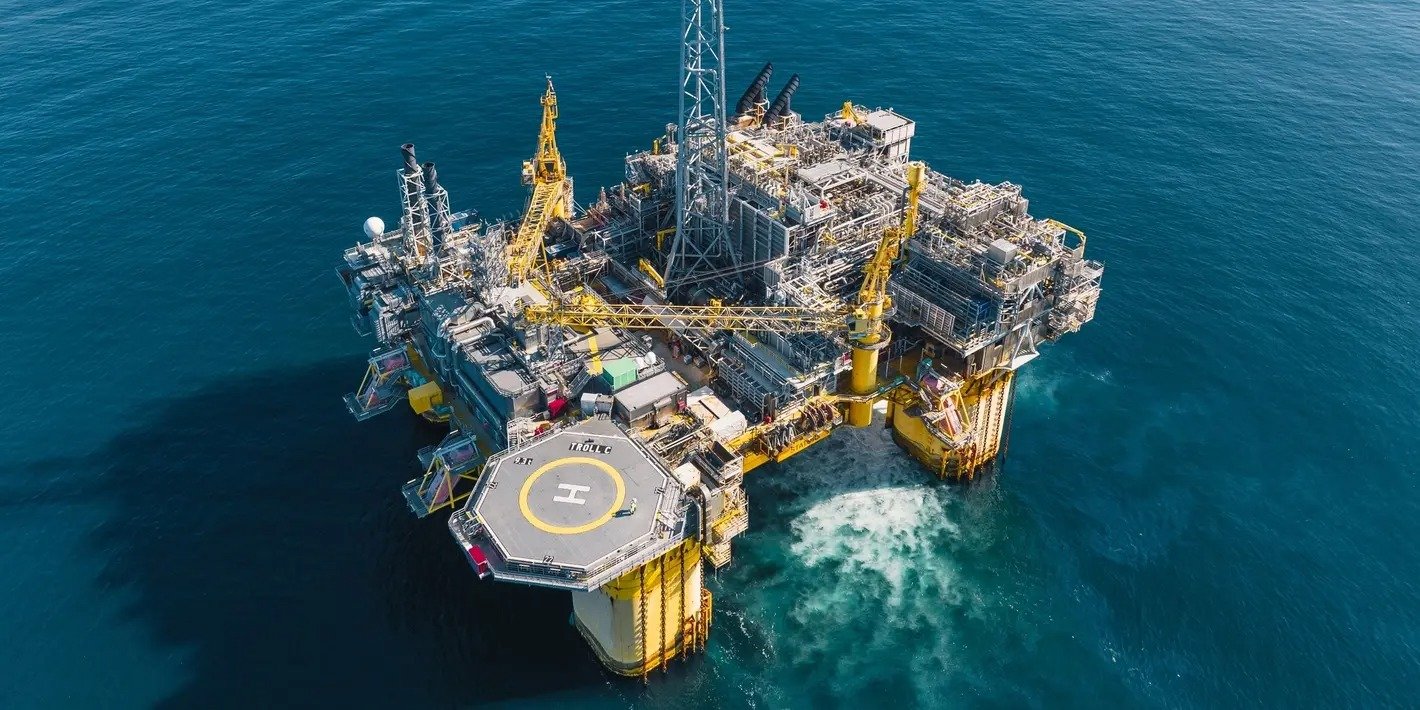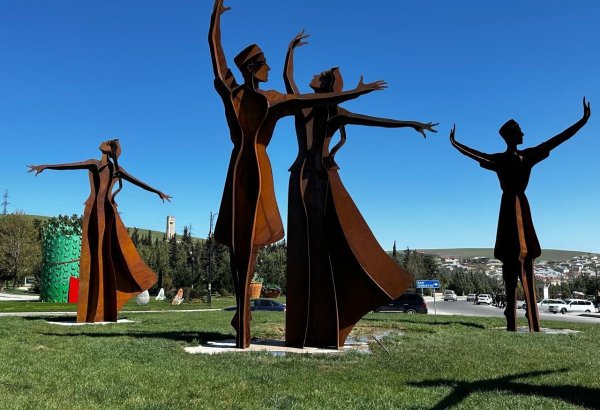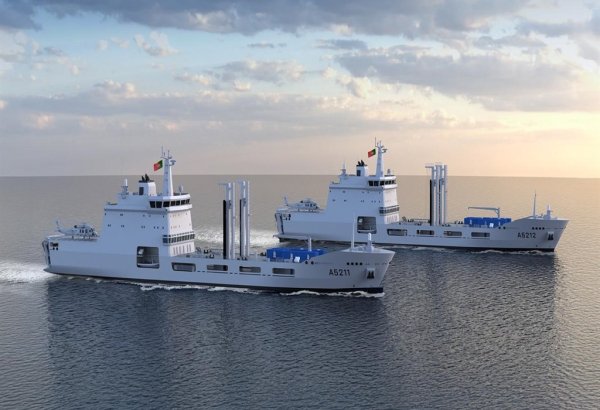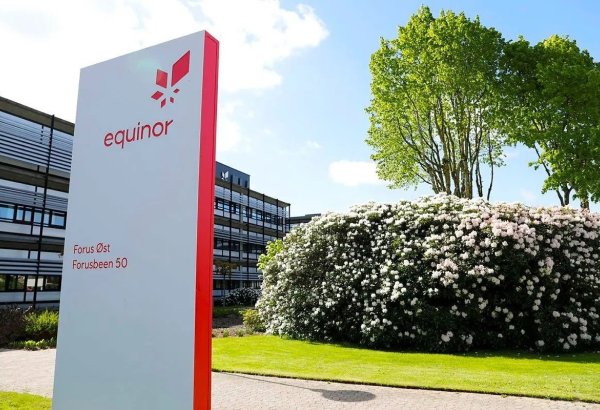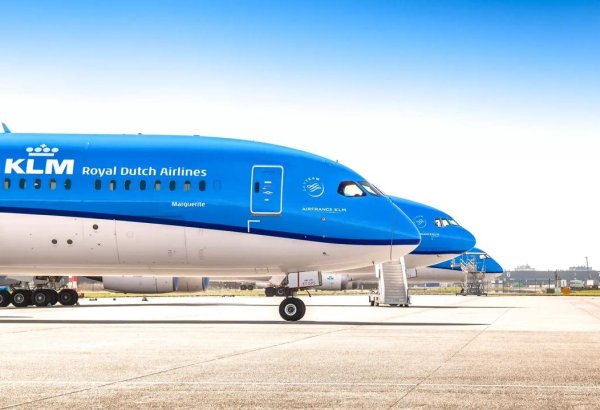BAKU, Azerbaijan, September 11. Troll B and C platforms on the Norwegian Continental Shelf (NCS) began receiving partial power from onshore sources, significantly reducing emissions on September 7, TurkicWorld learned from Norwegian Equinor company.
This milestone is expected to cut annual CO2 emissions from the NCS by 250,000 tonnes.
This transition aligns with the Troll West Electrification (TWEL) plan, approved by Norwegian authorities in 2021, aiming to reduce the carbon footprint of offshore energy production. The electricity powering Troll B and C originates from Kollsnes, northwest of Bergen, traveling through a newly constructed electro-building shared by the Troll and Oseberg fields. A 132 kV power cable transports the energy first to Troll B and then to Troll C.
The project has equipped both platforms with new voltage-adjusting modules, ensuring that processing and other energy-intensive systems are now powered by electricity. However, the large export compressors remain gas-powered.
The TWEL initiative will continue, with plans to fully electrify Troll C, aiming to meet all its energy needs with onshore electricity. This final phase is set to further reduce CO2 emissions by an additional 200,000 tonnes per year, contributing to nearly 4 percent of the total emissions reduction from Norwegian oil and gas production and about 1 percent of the country’s overall emissions.
Notably, the infrastructure at Kollsnes and the platform's power cable have been designed to accommodate potential full electrification of Troll B in the future. Troll A (Troll East) was the first platform on the NCS to be powered from shore, operating fully on electricity since its inception in 1996.








